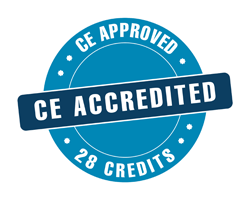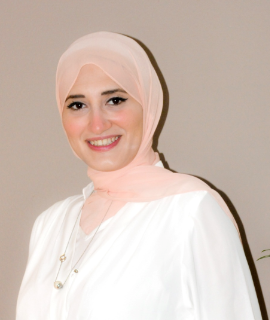Title: Accuracy of digital and conventional implant-level impression techniques for maxillary full-arch screw-retained prosthesis: A crossover randomized trial
Abstract:
This study aimed to compare the accuracy of implant-level conventional and digital impressions for atrophied maxillary ridges.
Materials and Methods: Twelve participants with atrophied edentulous maxillary ridges received six implants. Six months later and after soft tissue maturation around healing abutments, a control cast was constructed using the final passive restoration for each patient. Two types of implant-level impression techniques were carried out for each patient:
- conventional (splinted open-tray) impression technique
- digital impression technique.
For both techniques, scan bodies were labeled from the most distal implant on the left side (A, B, C, D, E, and F) and scanning was made. Accuracy of both techniques was measured using in vitro (two-dimensional and three-dimensional) and in vivo (clinical) methods. Two-dimensional methods include measurement of the difference in linear distances AB, AC AD, AE, and AF. Geomagic software was used to assess the three-dimensional deviation between the two impression techniques using the superimposition of standard tessellation language files. The incidence and percentage of nonpassive frameworks and framework misfits of final restorations for both types of impression techniques were assessed using the single screw test.
Results: For all distances, digital impressions recorded significantly higher deviation from control measurements than conventional impressions. The highest two- dimensional linear deviation was noted for AF distance and the lowest difference was noted for AB distance. For all scan bodies, digital impressions recorded significantly higher three-dimensional deviation than conventional impressions. The highest three- dimensional deviation was noted with scan bodies C and D. Digital impressions recorded a significantly higher incidence of nonpassive frameworks and framework misfits than digital impressions.
Conclusion: Within the limitations of this study, it could be concluded that the con- ventional implant-level impression technique showed greater in vitro and in vivo accuracy than the digital impression technique when used for full-arch maxillary fixed restorations on inclined implants.




